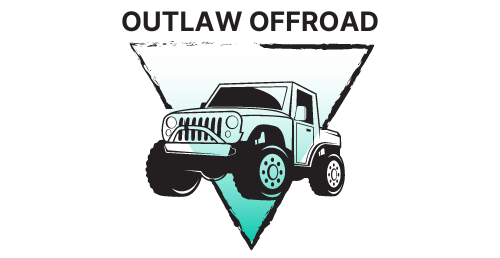Off-road driving can be an exciting and adventurous experience, but it also requires proper preparation and equipment to ensure a safe and enjoyable trip. Whether you’re a seasoned off-roader or just starting out, it’s important to get your truck ready for the challenges of off-road driving. In this guide, we’ll provide tips and recommendations for preparing your truck for off-road driving, including necessary modifications, safety equipment, and basic maintenance. By following these steps, you can ensure that your truck is ready for the rugged terrain and that you have a safe and enjoyable off-road experience.
Evaluate Your Truck’s Condition
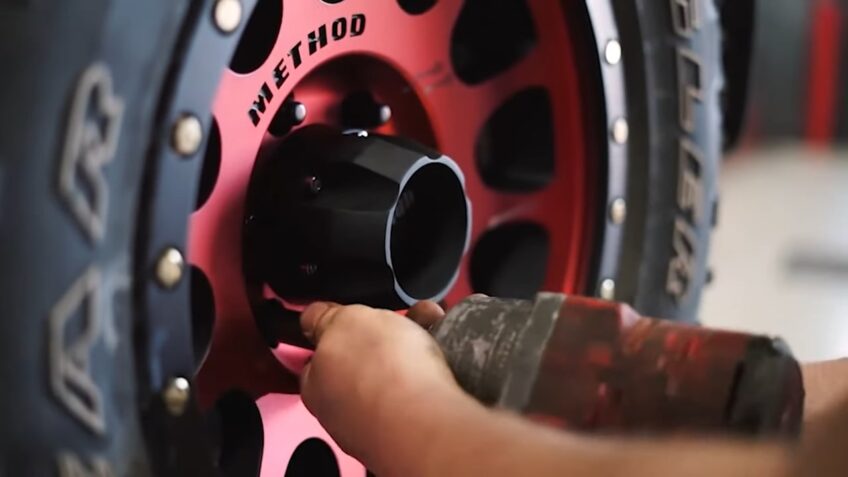
Evaluating the condition of your vehicle is one of the most important steps when you’re preparing your truck for off-road driving. Not only should you assess the performance of your truck, but you should also check the tires, brakes, suspension, and other components that may need to be upgraded before going off-road.
Inspect the Tires
Inspecting the tires is an essential step in evaluating their condition and getting them ready for off-road driving. Here’s what you need to do:
- Check the tire pressure and make sure it matches the recommended levels in your owner’s manual.
- Inspect the tread for any signs of uneven wear, cracking, or bulging.
- Look for any punctures, cuts, or objects stuck in the tires.
- Ensure the lug nuts are tightened and secure.
- If you’re planning to drive in rocky or rough terrain, consider investing in all-terrain or mud-terrain tires for better traction and durability.
Remember, the tires are the only point of contact between your vehicle and the ground, so it’s crucial to make sure they’re in good condition before heading off the road.
Check the Suspension
The suspension of your vehicle plays a crucial role in enabling its off-road capabilities. Evaluating your truck’s suspension system is an essential step in preparing your vehicle for off-road driving. Here are a few things to check on your truck’s suspension:
- Check the shocks: They absorb the impact of rough terrain. Ensure that they are in excellent condition and without leaks or damage.
- Check the springs: They support the weight of your truck and absorb shocks. Check for any wear and tear, cracks, or sagging.
- Check the ball joints: Ball joints connect the steering knuckles to control arms. Ensure that they are tight and without play.
- Check the tie rods: Tired rods connect your truck’s steering system to the steering knuckles. Check for any wear or damage.
Assess the Brakes
Assessing the brakes of your truck is a crucial step in evaluating your truck’s overall condition before heading out for off-road driving. Here are the steps to follow:
- Check the brake fluid level: Ensure that the brake fluid levels are at the optimum level. Low levels may indicate a leak in the brake system.
- Inspect brake pads: Look for any signs of wear and tear on the brake pads. If the pads are thin or worn out, they need to be replaced.
- Check brake rotors: Inspect the brake rotors for any cracks or malformations. Damaged brake rotors can cause the brakes to fail, making off-road driving risky.
- Test the brakes: Take it for a test drive and test the brakes thoroughly. Ensure that the brakes are responsive and can stop the truck quickly if needed.
Upgrade Your Truck
From lift kits to upgraded tires, there are many different modifications you can make to ensure that your truck is well-equipped to handle the rough terrain. Let’s go over some of the upgrades you can make to get your truck ready for off-roading.
Install Off-Road Tires
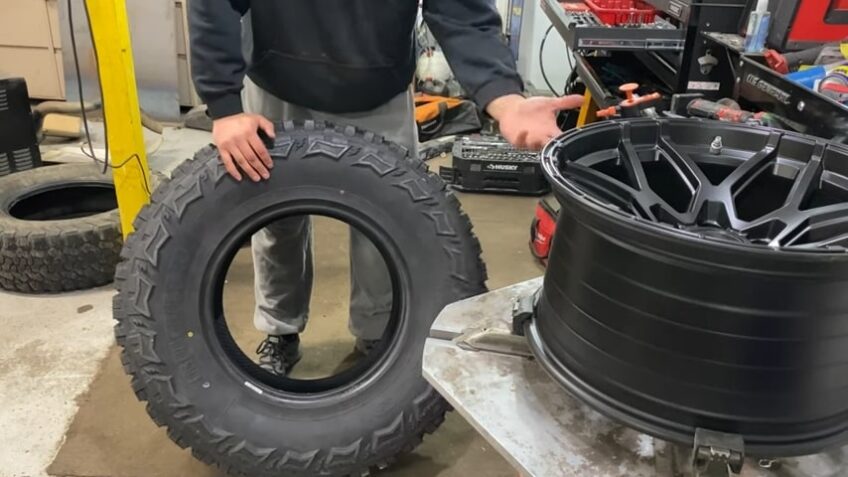
If you plan to take it off the road, upgrading your tires is a must. Installing off-road tires will improve your truck’s grip, traction, and durability over rough terrain. Here are the steps you can take to upgrade your truck’s tires:
- Determine the type of off-road tire you need based on the terrain you’ll be driving on. Mud-terrain tires are ideal for muddy conditions, while all-terrain tires are more versatile and can handle a range of terrains.
- Choose a tire size that fits your truck’s stock rims and suspension system. You may need to lift your truck to accommodate larger tires.
- Purchase high-quality, durable tires from a reputable brand.
- Have a professional mechanic install the new tires and make any necessary modifications to your truck’s suspension system.
With the right off-road tires, your truck will be ready to tackle any off-road adventure.
Lift or Level the Truck
Lifting involves installing a suspension lift kit to raise the truck’s height, providing more room for larger tires and better ground clearance on rough terrain. Leveling involves adjusting the front suspension to match the height of the rear suspension and achieving a more balanced ride. Here are some tips to help you decide whether to lift or level your truck: To increase ground clearance, opt for a lift kit with a height increase of 1-6 inches. If you haul heavy loads frequently, a leveling kit can help balance the truck and prevent uneven tire wear. Consult with a professional mechanic or off-road specialist to determine the best option based on your truck’s make and model and your driving needs.
Add Skid Plates
One essential upgrade is adding skid plates to protect the undercarriage of your vehicle from damage. Skid plates come in different materials such as aluminum, steel, plastic, or a combination of materials, and can be customized to suit your truck’s make and model. Here are some key factors to keep in mind:
- Skid plates can protect steering and suspension components, oil filters, fuel tanks, and transfer cases from damage from rocks, rough terrain, and other hazards.
- They should be installed by a professional mechanic or experienced enthusiast – this will ensure proper fit, protection, and weight distribution.
- Skid plates can range from basic bolt-on to customized fabrication, so research your options to find the best one for your needs and budget.
Equip Your Truck for Off-Roading
Equipping your vehicle for off-roading will help you to enjoy a more comfortable, safe, and enjoyable ride. All-terrain tires, extra lighting, and other safety equipment are essential for off-roading. You should also consider adding storage racks, brush guards, and lifting your suspension.
Choose the Right Gear Ratios
Choosing the right gear ratios is crucial for ensuring that it is adequately equipped for off-roading. Off-road driving environments can be extreme, featuring mud, gravel, and steep inclines. Proper gear ratios can help improve your vehicle’s traction, acceleration, and overall performance. To choose the right gear ratios for your truck, research your truck’s current gear ratios and consult the manual.
Consider purchasing low gear ratios, which provide more torque and better climbing ability, and install locking differentials, which lock the wheels on an axle together to provide maximum torque. It’s also essential to invest in high-quality off-road tires that can handle abrasive terrain and potentially rough driving conditions. With the right gear ratios and other necessary equipment, it can handle any off-road terrain it encounters with ease.
Add Locking Differentials
Adding locking differentials is a crucial step in equipping your truck for off-roading and enhancing its performance on difficult terrains. A locking differential allows both wheels on the same axle to spin at the same speed, providing better traction and power to your truck in challenging conditions. Here’s how to add locking differentials to your truck:
- Determine your truck’s axle and gear ratio to select the appropriate locking differential.
- Purchase a locking differential kit and have it professionally installed by a mechanic or automotive specialist.
Keep in mind that adding locking differentials is a significant investment, but it can improve your truck’s off-road capabilities and overall performance.
Equip With Recovery Gear
One of the key items you’ll need for a successful off-road adventure is recovery gear for your truck. Here is the essential recovery gear that you need to equip your truck with before heading off-road:
- Recovery Straps: These thick nylon straps are designed to help pull your truck out of mud, sand, or other obstacles. Look for recovery straps with a minimum break strength of 20,000 pounds.
- Winch: A winch is a mechanism that can pull your truck out of extreme situations. Make sure to choose a winch that has a pulling capacity greater than the weight of your truck.
- Traction Mats: These rubber or plastic mats provide extra traction for your truck’s tires in slippery or loose conditions.
- D-Shackles: These are heavy-duty metal loops that connect your recovery straps and winch to your truck’s frame.
With these essential recovery gears, you can ensure the safety of yourself and your vehicle while enjoying the off-road experiences.
Carry Out Regular Maintenance
If you want your truck to be able to handle off-roading, then it is essential to carry out regular maintenance. This includes checking the tires, brakes, fluids, lights, and other components. Regular maintenance will ensure that your truck is ready for any off-roading conditions and that you are not at risk of any accidents or breakdowns.
Oil Change and Fluid Checks
Regular maintenance of your truck, including oil changes and fluid checks, is crucial to ensure its longevity and peak performance. Here’s what you need to know: Oil Change: Oil lubricates the engine and prevents it from overheating. It’s recommended to change the oil every 3,000-5,000 miles depending on the make and model of your truck. Follow these steps to change the oil:
- Jack up the truck and place it on jack stands.
- Drain the old oil by removing the oil drain plug and letting it flow into a pan.
- Replace the oil filter.
- Refill the engine with the recommended type and amount of new oil.
Fluid Checks: Regular fluid checks prevent your truck from breaking down and help identify potential issues. Check the transmission, brake, power steering, windshield washer fluid, and coolant levels every 3 months or 3,000 miles. If the fluid level is low, top it up with the manufacturer’s recommended type of fluid.
Regular Cleaning to Remove Mud, Dirt, and Grime
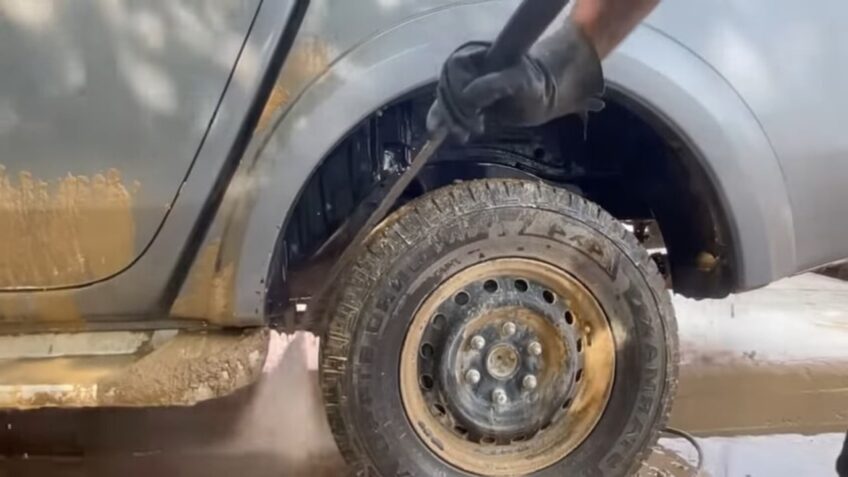
Follow these tips to ensure your truck is clean and ready for adventure:
- Wash the exterior regularly, especially after off-road trips.
- Use a pressure washer or water hose to remove dirt and mud from the body, wheels, and undercarriage.
- Use a specialized cleaner to remove stubborn stains and grime.
- Look for a product that is safe to use on car paint and won’t harm the environment. Don’t forget to clean the inside of your car too.
- Vacuum the carpets and floor mats, wipe down surfaces with a clean cloth, and use an air freshener to keep your car smelling fresh.
- Regular maintenance and cleaning will prolong its lifespan and ensure that it performs optimally, both on and off-road.
Inspect and Maintain Vehicle Components
Regular maintenance is essential to keep your truck in peak off-road condition. Inspecting and maintaining various vehicle components will ensure that your vehicle is dependable, safe, and ready to take on any off-road adventure. Here are some vehicle components that require regular maintenance:
- Tires: Check your tire pressure, and tread depth, and make sure the tires are not damaged before heading off-road.
- Suspension: Inspect your springs, shocks, and steering components for any damages or leaks that could affect your vehicle’s off-road performance and handling.
- Brakes: Make sure to test your brakes and check for wear and tear on the brake pads, rotors, and drums.
- Fluids: Check and change the oil, transmission fluid, and coolant according to the manufacturer’s recommendations.
- Lights: Make sure that all your lights are working, including headlights, taillights, and turn signals.
Trucks and Driver Preparedness
Getting it ready for off-road driving takes more than just making sure you have a full tank of gas and the tires have enough air in them. Drivers need to be prepared to handle the elements of off-road adventures, such as mud and steep terrain. Safety should always be top of mind when driving off road. In this section, we will focus on what drivers need to do to prepare themselves and their trucks for off-road driving.
Practice Safe Driving Habits for Off-Roading
Off-roading can be an exhilarating experience, but it requires proper preparation and safe driving habits. Before hitting the trails, here are some steps to get your truck ready for off-road driving:
- Check the tires: Ensure that your tires are in good condition and have adequate tread depth. Consider using off-road tires for improved traction and durability.
- Lift kit and suspension: Install a lift kit and upgrade your truck’s suspension system to help navigate rough terrain.
- Undercarriage protection: Add skid plates, differential covers, and other undercarriage protection to prevent damage from rocks and debris.
- Recovery kit: Pack a recovery kit that includes essential tools, such as a winch, tow straps, and shackles, to help extricate your vehicle from mud, sand, or other tricky situations.
Additionally, practice safe driving habits such as maintaining a safe speed, keeping a safe distance from other vehicles, and avoiding sudden movements. Remember that off-roading comes with its risks, and it’s important to stay safe at all times.
Use Off-Road Techniques
Off-road driving is an exciting and adventurous activity that requires proper preparation and caution to ensure safety and avoid accidents. Here are some off-road techniques that you can use, along with some tips and tricks to get your truck ready for off-road driving:
- Using your truck’s four-wheel drive (4WD) mode is essential for off-road driving, as it provides better traction on uneven or slippery terrain.
- You can also air down your tires to create a larger surface area, allowing them to better grip the ground.
- You must adjust your driving technique to match the conditions and terrain by driving slowly and steadily, accelerating and braking gently, and using the right gear for the situation.
- Make sure to carry essential tools and equipment with you, such as spare tires, a jack, a shovel, and a winch.
- Regular truck maintenance and inspection are also crucial to ensure your vehicle is in good condition and ready for off-road driving.
FAQs
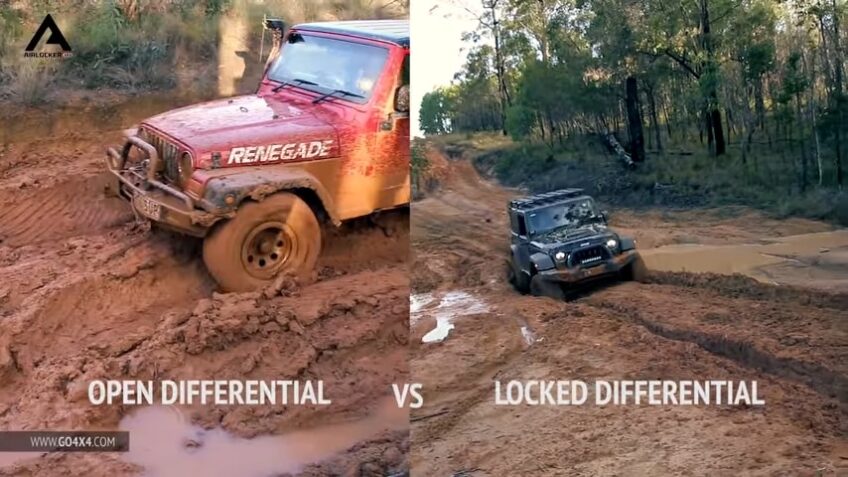
What is a differential locker and why is it important for off-road driving?
A differential locker is a device that locks the axles of a truck together, providing more traction and stability in off-road conditions. It is important for off-road driving because it can help you maintain control of your truck and navigate challenging terrains, such as steep inclines or rocky terrain.
Can I drive my truck off-road without making any modifications?
You can drive it without making any modifications, but it may not be as safe or enjoyable as a truck that has been properly prepared for off-road driving. Certain modifications, such as skid plates and a lift kit, can help protect your truck and improve your off-road driving experience.
How can I learn more about off-road driving and truck preparation?
To learn more about off-road driving and truck preparation, you can read books and articles, attend off-road driving classes or events, and talk to experienced off-road drivers. You can also seek advice from a professional mechanic or off-road driving specialist.
What should I do if I get stuck while off-road driving?
If you get stuck while off-road driving, remain calm and assess the situation. If you have a winch or other recovery gear, you may be able to pull yourself out of the situation. If not, you may need to call for help or wait for someone to come to your aid. In some cases, you may need to hike out to find help.
How can I stay safe while off-road driving?
To stay safe while off-road driving, it is important to follow proper safety protocols, such as wearing a seatbelt, staying alert, and avoiding distractions. You should also be prepared for emergencies by bringing a first aid kit, fire extinguisher, and other safety equipment. Additionally, be sure to follow all off-road driving laws and regulations, and respect the environment and other drivers.
How can I find off-road driving trails and areas to explore?
To find off-road driving trails and areas to explore, you can do research online, talk to other off-road drivers, or visit local off-road driving clubs or organizations. You can also check with local land management agencies for information about designated off-road driving areas. Before setting out on an off-road driving trip, be sure to familiarize yourself with the area, trail conditions, and any regulations or restrictions.
Conclusion
In conclusion, getting your truck ready for off-road driving is an important step in ensuring a safe and enjoyable experience. From making necessary modifications and adding safety equipment, to performing routine maintenance and inspections, there are many steps you can take to prepare your truck for off-road driving. By following these tips and recommendations, you can be confident that your truck is ready to tackle the rugged terrain and that you are well-prepared for an off-road adventure. So, get your truck ready and hit the trails with confidence!
